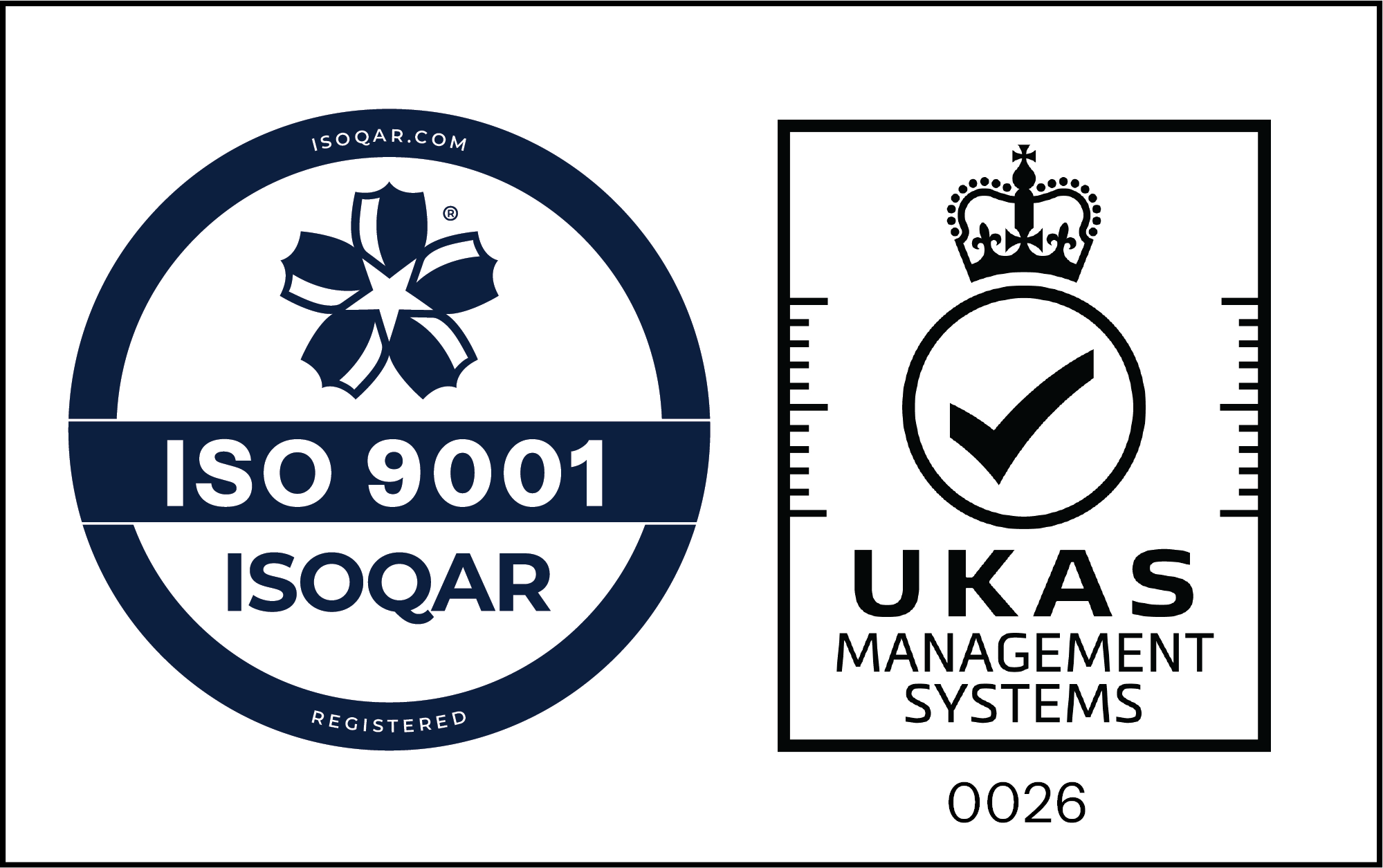Hydraulic servos are at the heart of many hydraulic systems, providing precise control over fluid flow and actuating components. In this article, we look at the fundamental aspects of hydraulic servo valves, and how Domin has revolutionised the hydraulics industry with our ground-breaking servo valve designs.
What Are Hydraulic Servo Valves?
Hydraulic servo valves control the flow of hydraulic fluid to actuators through the use of a digital or analogue signal. They offer highly precise, dynamic flow control for hydraulic fluid, compared to conventional proportional valves, which are less accurate. The basic design and working principle of the servo valve has been around since the 1950s and has not changed significantly in that time. Unfortunately, this design has some severe limitations and is prone to certain defects.
The two most common types of hydraulic servo valves are:
- Two-Stage Servo Valve: These valves consist of a pilot stage, which controls the flow of hydraulic fluid to the second stage, also known as the main stage. The main stage controls the flow of hydraulic fluid through the valve. These valves are popular due to their small size, low weight, and good performance. Unfortunately, these valves suffer from parasitic loss, which is the leakage of hydraulic fluid due to high pressures within the valve. Two-stage servo valves contain many internal seals that are prone to damage and have a short life span, increasing maintenance costs, risk of performance losses, and downtime. This, coupled with the fact that the working principle of the valve requires constant internal pressure, means that parasitic loss is constantly occurring, undermining the efficiency of these valves.
- Direct-Drive Servo Valve: Direct-drive servo valves are a type of valve that consists of a single stage, where the flow of fluid through the valve is directly controlled via a solenoid or similar device. These valves have fewer components, no parasitic loss, and less stringent maintenance and repair requirements. The main concerns with traditional direct-drive valves are their size, performance, and slow response times due to outdated electronics and technology. This severely limits their use in applications where weight comes at a premium, or when fast response times are required.
What Sets Domin's Valves Apart?
At Domin, we have redesigned the hydraulic servo valve from the ground up. By taking a first-principles approach and incorporating modern tools, we have created a revolutionary design for a direct-drive hydraulic servo valve with the best qualities of a two-stage valve that outshines traditional valves in terms of performance, efficiency, and size. This makes Domin servo valves lighter, smaller, and faster, with higher flow rates and higher bandwidth.
Additive Manufacturing
We use metal additive manufacturing that enables us to build lightweight, small hydraulic servo valves, with intricate internal geometries not achievable through traditional manufacturing methods.
Modern Electronics
Our hydraulic servo valves feature modern onboard electronics. These electronics enable advanced data collection, communication, remote monitoring, and fault-finding capabilities that cannot be found on traditional servo valves without modern electronics, as well as digital control, leading to improved control performance.
Spool Control
We have developed a revolutionary method of spool control. This allows us to achieve highly accurate, incredibly quick adjustments to fluid flow. Brushless DC motors enable smooth and controlled adjustments throughout our valves, all while increasing robustness and reliability, and lowering maintenance requirements. Combined with advanced magnetic position sensing, our servo valves can report and adjust spool position with response times of less than three milliseconds.
What Is The Impact For Industry?
We are revolutionising several industries with our lightweight, efficient, and high-performance valves:
Industrial Manufacturing
For the industrial manufacturing industry, our unique design that removes critical high-wear components decreases the maintenance requirements, reducing downtime and repair costs. All this while maintaining class-leading performance. The improved efficiency of our valves can save a manufacturer up to $400 per valve on energy costs per year.
Automotive
For the automotive sector, our servo valves can be used to control the flow of hydraulic fluid used to actuate the brakes, steering, and suspension in a vehicle, all of which are integral to the vehicle’s functionality and performance.
Aerospace
In the aerospace sector, weight comes at a premium, and can drastically affect the range and fuel efficiency of an aircraft. Our lightweight, high-performance servo valves can be used for actuation of flight controls. Our electro-hydrostatic actuation technology is less than half the weight of equivalent EMAs, and finally enables the removal of the central hydraulic system, with the potential for 550 kg weight saving per aircraft.

